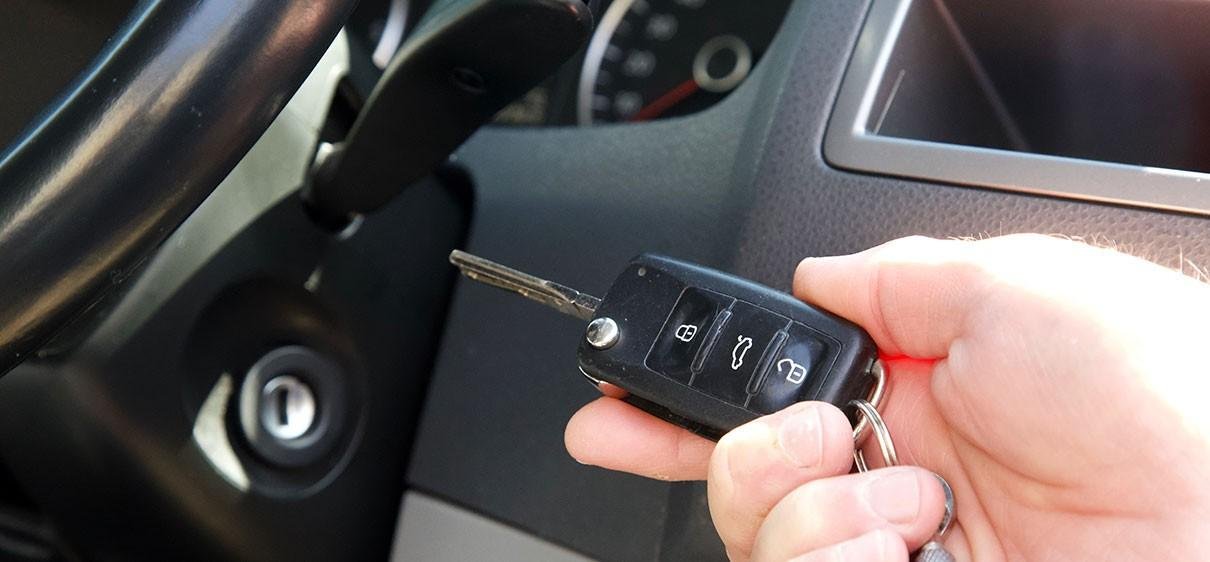How to Navigate Car Shopping When You Have No Idea What You Want

Walking into a car dealership when you have absolutely no clue what you’re looking for feels a bit like wandering into a foreign country without a map. The salesperson approaches with that eager smile, asks what brings you in, and you’re standing there thinking, “Well, I need a car… but that’s about all I’ve got.”
Here’s the thing – you’re not alone in this feeling. Most people don’t wake up one day with a crystal-clear vision of their perfect vehicle. Car shopping can feel overwhelming because there are just so many options, features, and price points to consider. But there’s a way to work through this systematically without losing your mind or your wallet.
Start With the Basics You Actually Know
Even if you think you know nothing, you probably know more than you realize. You know whether you’re driving alone most of the time or hauling kids around. You know if you’re doing mostly city driving or hitting the highway for long commutes. You know roughly what your budget looks like (even if it’s “not much”).
Write these basics down. Seriously. It sounds silly, but seeing it on paper helps clear the mental fog. How many people will you typically have in the car? Do you need cargo space for anything specific? Are there any physical limitations to consider, like back problems that might make getting in and out of low cars difficult?
The problem is that most people skip this step and jump straight into browsing, which leads to that deer-in-headlights feeling when faced with endless options.
Get Real About Your Budget (All of It)
This is where it gets a bit uncomfortable, but you need to figure out what you can actually afford – not just the monthly payment, but the whole picture. Insurance costs vary wildly between vehicle types. A sporty coupe might seem affordable until you get the insurance quote. Same goes for maintenance costs.
Here’s what catches people off guard: the total cost of ownership can be double the purchase price over several years. Factor in insurance, regular maintenance, unexpected repairs, fuel costs, and registration fees. If you’re financing, don’t forget about interest.
A good rule of thumb is that your total transportation costs (payment, insurance, fuel, maintenance) shouldn’t exceed 15-20% of your take-home income. But honestly, even that can feel tight depending on your other expenses.
Narrow Down Vehicle Types Without Getting Lost in Details
Once you know your basics and budget, you can start eliminating entire categories of vehicles. If you’re single with no cargo needs, you probably don’t need a pickup truck. If you’ve got three kids, a two-door sports car isn’t happening.
Think about vehicle types in broad categories first: sedan, hatchback, SUV, truck, wagon. Don’t get bogged down in specific models yet. Each type has trade-offs. Sedans typically offer better fuel economy but less cargo space. SUVs give you more room and higher seating but cost more to fuel and maintain.
Consider your local conditions too. If you’re dealing with steep driveways or rough roads, ground clearance matters. For example, those who are looking at cars for sale Perth, the hot climate might make you prioritize good air conditioning and UV-resistant interiors over other features.
Do Your Homework, But Don’t Overdo It
Research is important, but you can definitely fall down a rabbit hole of reviews, forums, and comparison charts. Set yourself some limits. Pick three to five models that seem to fit your criteria and focus on those.
Look up reliability ratings, typical maintenance costs, and resale values. Check what real owners are saying about daily driving experience, not just professional reviews. But remember – every car has someone who loves it and someone who hates it. Look for patterns in complaints rather than getting hung up on individual horror stories.
Working With Salespeople (Without Losing Your Mind)
Here’s where many people get stressed, but it doesn’t have to be a battle. Good salespeople actually want to help you find the right car because happy customers buy again and refer friends. The pushy stereotypes do exist, but they’re not the majority.
Be upfront about where you are in the process. Tell them you’re still figuring out what you need and that you’re not buying today. Most salespeople appreciate honesty because it helps them help you better.
Ask questions about practical stuff: How does the trunk space actually work for everyday use? What’s the visibility like when backing up? How does the car handle in different weather conditions? These are the things you’ll care about long after the new-car excitement wears off.
Test Drive Systematically (Not Just for Fun)
Don’t just drive around the block. Ask to take the car on different types of roads – parking lots, city streets, highway if possible. Pay attention to how it feels, not just how it looks.
Can you easily reach all the controls? How’s the visibility? Is the seating comfortable for longer drives? These practical considerations matter more than most features once you’re living with the car daily.
Test drive with your normal stuff if possible. If you always have a gym bag, coffee cup, and phone charger, bring them along. See how the car works with your actual life, not just in ideal conditions.
Making the Decision When You’re Still Not 100% Sure
Here’s the reality – you’re probably never going to feel completely certain. That’s normal. At some point, you need to pick something that meets your main needs and budget, knowing that no car is perfect.
Focus on your must-haves versus nice-to-haves. If reliable transportation is your main goal, don’t get sidetracked by fancy features that sound cool but won’t impact your daily experience much.
Trust Your Gut (But Verify With Facts)
Sometimes a car just feels right when you’re driving it. Other times, everything looks good on paper but something feels off. Both reactions are valuable information.
If you love a car but the numbers don’t work, that’s a clear no. If the numbers work but you don’t enjoy driving it, that’s worth considering too – you’ll be spending a lot of time in this thing.
The goal isn’t to find the perfect car; it’s to find a car that fits your life and budget while giving you confidence in your choice. Most car shopping regret comes from either overspending or buying something impractical for daily needs, not from missing out on the “ideal” vehicle.
Remember, cars are tools first and everything else second. Focus on finding the right tool for your job, and you’ll end up much happier than if you get distracted by all the shiny options that don’t actually make sense for your situation.






